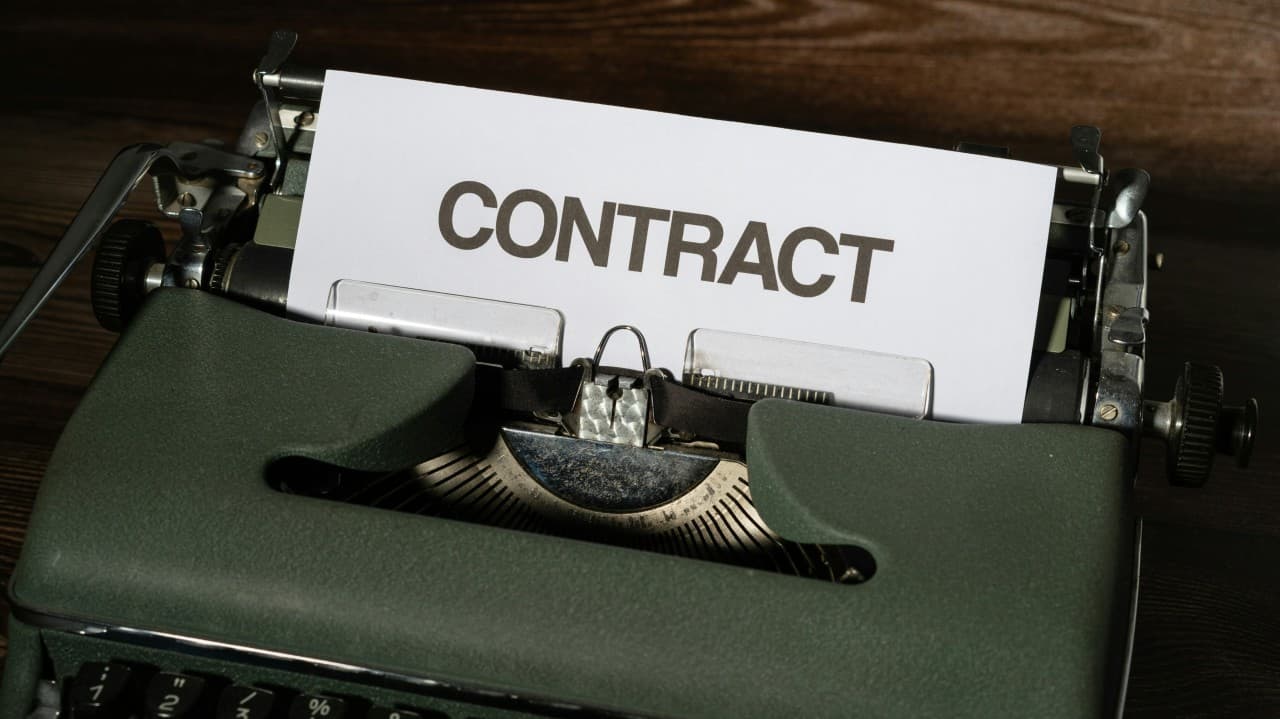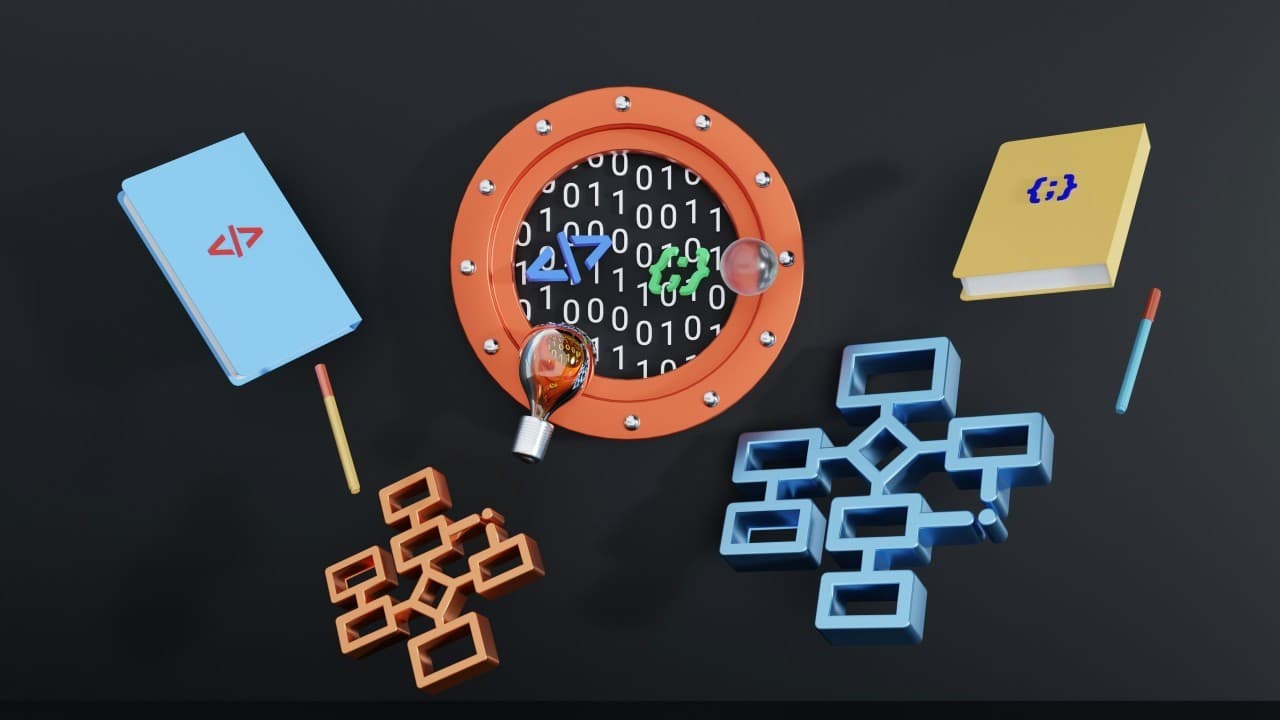
Product sense is not mystical; it is pattern recognition at scale.
Companies with a strong sense of product don't just build features. They architect value systems that create sustainable user delight.
The Four Layers of Product Sense
Product sense operates across four distinct layers, each building on the previous:
Layer 1: User Behavior Prediction
Can you predict users' real actions compared to their stated intentions?
When Kevin Systrom and Mike Krieger were building Burbn, a location-based check-in app, usage data revealed something unexpected. Users ignored most features but obsessively used photo sharing. Instead of adding more location features (what users requested), they stripped everything else away and became Instagram.
Contrast this with Google+, which built features that users said they wanted—better privacy controls, organized sharing circles, and a cleaner design. However, they overlooked the fundamental behavior: people share for validation and connection, not for organizational purposes. Facebook understood this; Google+ didn't.
The Pattern: Strong product sense involves relying on user behavior data rather than stated preferences and anticipating the downstream effects of changes.
Layer 2: Value Architecture Recognition
Can you distinguish between features and fundamental value?
Airbnb's early growth motion wasn't a hack; it was value architecture insight. Instead of building more booking features, they focused on professional photography for listings. This wasn't a feature; it was removing the primary friction preventing bookings: trust.
Spotify recognized that music ownership was transitioning to music access. While Apple built iTunes around purchasing, Spotify built its value around playlists and discovery; the same market, but with a different value architecture. Spotify is winning the music streaming war.
The insight: Users don't want features; they want progress toward their goals. Product sense means building backward from value delivered, not forward from capabilities possessed.
Layer 3: Market Timing Intuition
Can you sense when the market is ready for your solution?
Tesla didn't invent electric cars; they perfected market timing. When Toyota launched the Prius in 1997, electric vehicles were seen as environmentally conscious but functionally compromised. Tesla waited until battery technology, charging infrastructure, and cultural attitudes aligned to position electric as performance-superior, not just environmentally responsible.
Zoom's rise illustrates negative market timing intuition. They launched in 2011 when Skype dominated video calling, but they recognized that remote work was becoming mission-critical, not just convenient. When COVID accelerated remote work by five years overnight, Zoom was architecturally ready while competitors scrambled.
The skill: Reading market signals to understand not just what problems exist, but which problems the market is ready to pay to solve.
Layer 4: Ecosystem Impact Assessment
Can you predict how your product will change user behavior and market dynamics?
When Netflix transitioned from mail-order DVDs to streaming, it wasn't just changing distribution; it was reshaping the way people consume entertainment. Binge-watching became culturally normal. Content production shifted toward serialized storytelling. Traditional TV advertising models broke down.
WhatsApp's radical simplicity, no ads, no games, no extra features; it is not a matter of aesthetic minimalism. It was ecosystem design. By refusing to monetize attention, they became the communications infrastructure for emerging markets where data costs and phone capabilities varied dramatically.
The sophistication: Understanding that every product decision ripples through complex ecosystems of users, competitors, and market dynamics.
Where Product Sense Goes Wrong
The Feature Factory Trap
Building what users request instead of solving what users need.
Microsoft's Windows Phone had every feature users said they wanted—better hardware, a cleaner interface, and a superior camera. However, they overlooked the ecosystem value, including apps, accessories, and social proof. They optimized for feature parity instead of platform advantages.
The Data Worship Fallacy
Believing enough data will tell you what to build.
Google Wave had incredible usage data showing high engagement in beta. But data showed engagement, not value creation. Users were trying to understand what Wave was for, but were not accomplishing meaningful work. Data informed the wrong decisions.
The Competitor Copy Syndrome
Building features because competitors have them.
Snapchat's strength was ephemeral, authentic sharing among close friends. When Instagram copied Stories, Snapchat responded by adding maps, games, and content feeds—moving away from their core value proposition toward Instagram's. They copied the wrong direction.
Building Product Sense Systematically
Product sense develops through pattern recognition across a sufficient volume of decisions. The highest-performing product managers accelerate this through:
Cross-Domain Learning: Studying product decisions across different industries reveals universal patterns. Airbnb's trust-building through photography applies to healthcare marketplaces, financial services platforms, and B2B software.
Rapid Feedback Loops: Product sense improves when you can quickly see the outcomes of your decisions. This is why startup product managers often develop a stronger sense than large company managers due to tighter feedback cycles.
Failure Analysis: Studying why products fail is often more instructive than studying successes. Google+ failed despite superior resources because it optimized for the wrong user behavior patterns.
User Proximity: Product sense requires emotional understanding of user contexts, not just functional requirements. The best product managers spend significant time with actual users in their natural environments.
The Empathy Quotient
Across all successful products, a common thread is the systematization of empathy into decision-making frameworks. Great product managers don't just understand users; they deeply grasp user needs within the context of their market, competitive landscape, and technological constraints.
They can hold multiple perspectives simultaneously and find solutions that create value for everyone in the system.
Slack didn't merely offer workplace messaging; they built a collaboration platform that streamlined communication, minimized email overload, and integrated essential workflows, creating value for both end users and organizations.
Can you consistently build products that users love, that work economically, and that make the broader ecosystem healthier?
Product sense isn't mystical intuition; it is sophisticated pattern matching refined through deliberate practice. In an era where technical execution is table stakes and market windows compress rapidly, product sense becomes the primary competitive advantage.
The companies that develop it systematically will consistently out-innovate those that rely on conventional wisdom, user requests, or copying from competitors.
Whether you're building AI platforms, healthcare solutions, or consumer apps, the fundamentals remain constant: understand users deeply, think in systems, optimize for value over features, and always consider ecosystem effects.
Share this article
About the author
Founder Nedl Labs | Building Intelligent Healthcare for Affordability & Trust | X-Microsoft, Product & Engineering Leadership | Generative & Responsible AI | Startup Founder Advisor | Published Author
Most Recent
Top Articles
Also See

Enterprise GTM: The Essential Shift for Scaling

From Recovery to Prevention: A Trust-First Blueprint for Payment Integrity

Enterprise Product Sense: Why Consumer Intuition Fails in B2B: What Works Instead

DRG Review After Payment

Contract–Policy Drift: The Hidden Source of Leakage (and How to Fix It)








